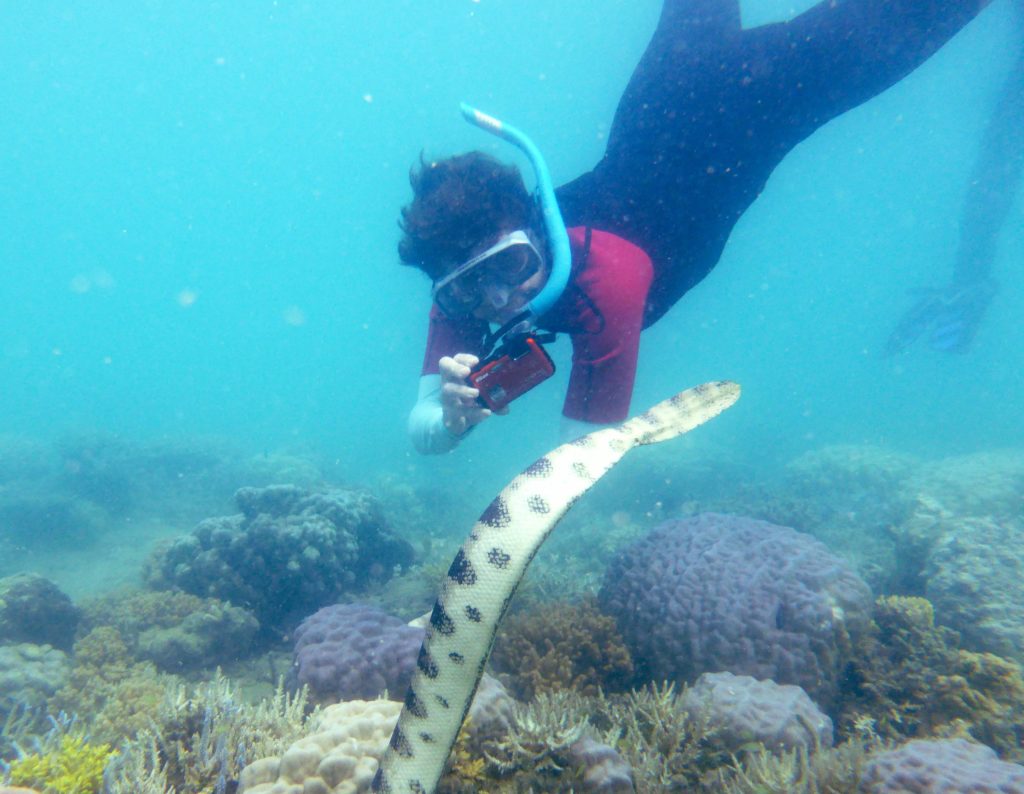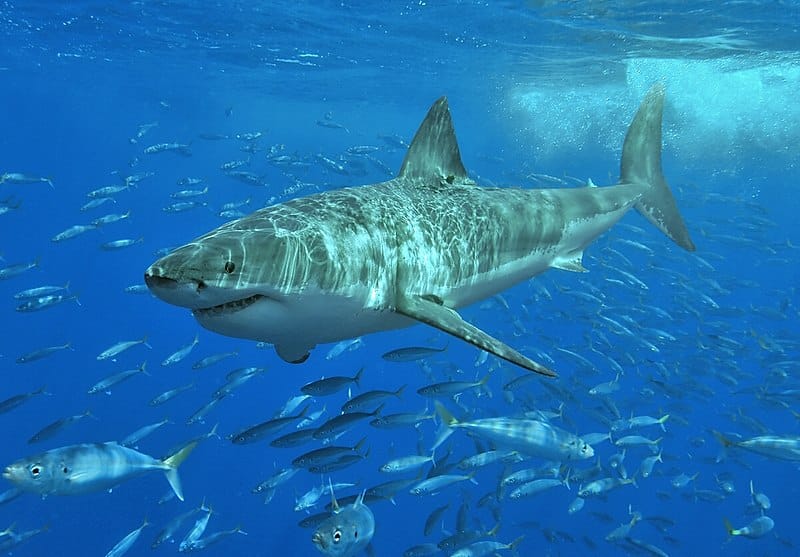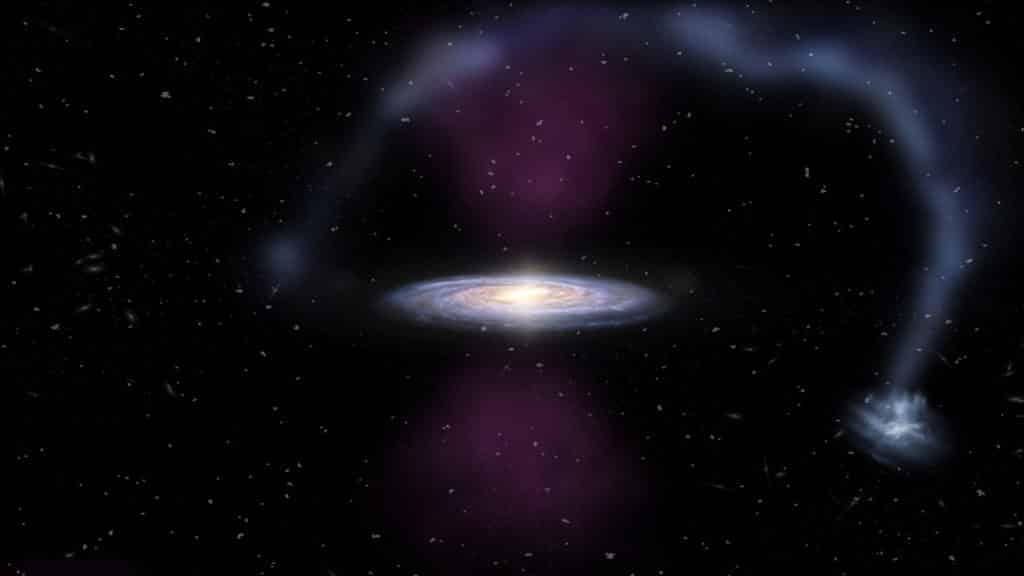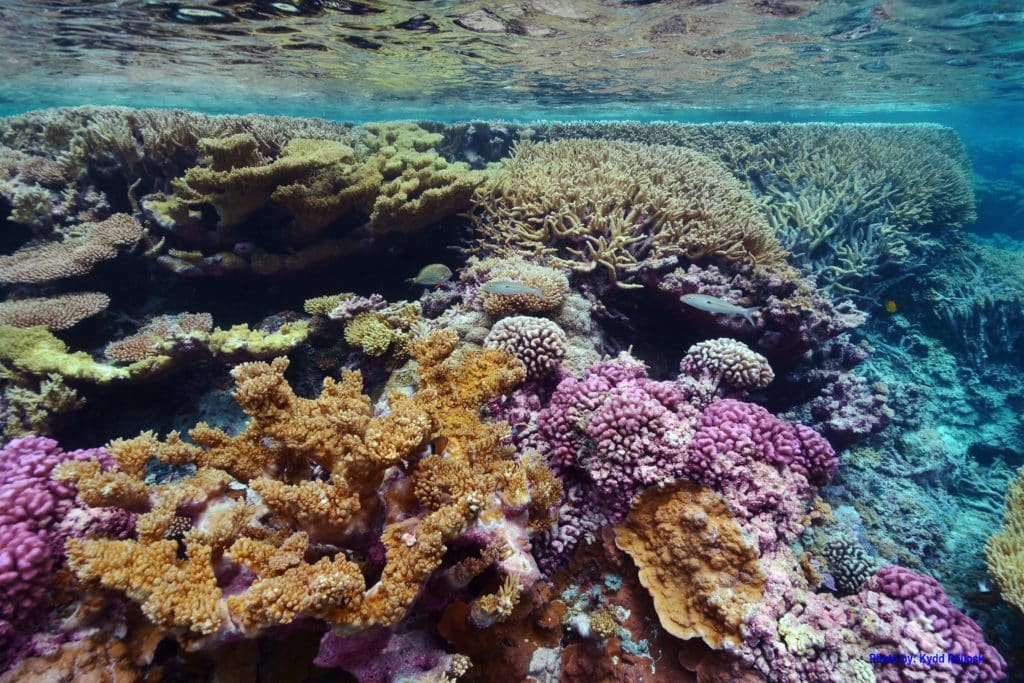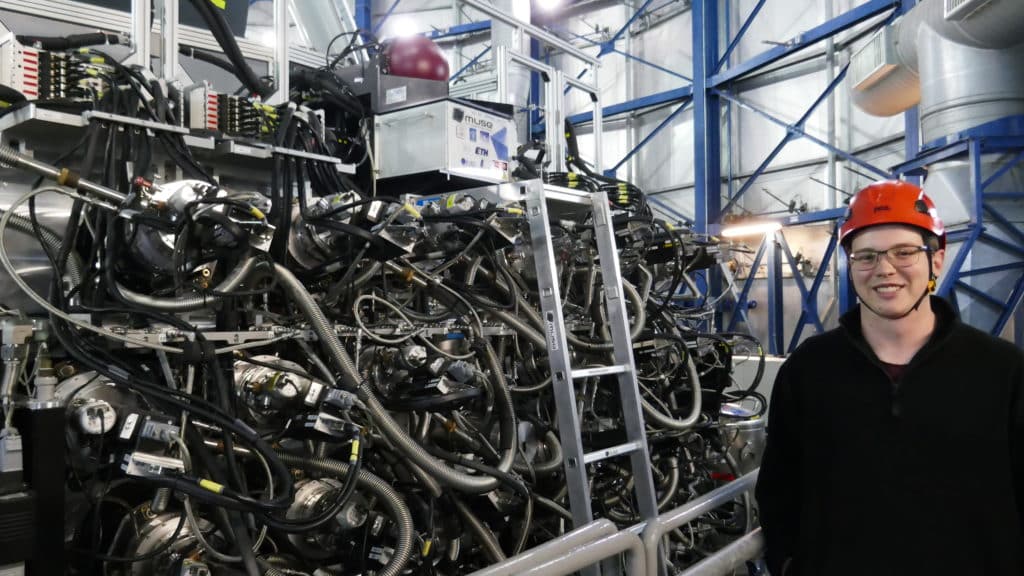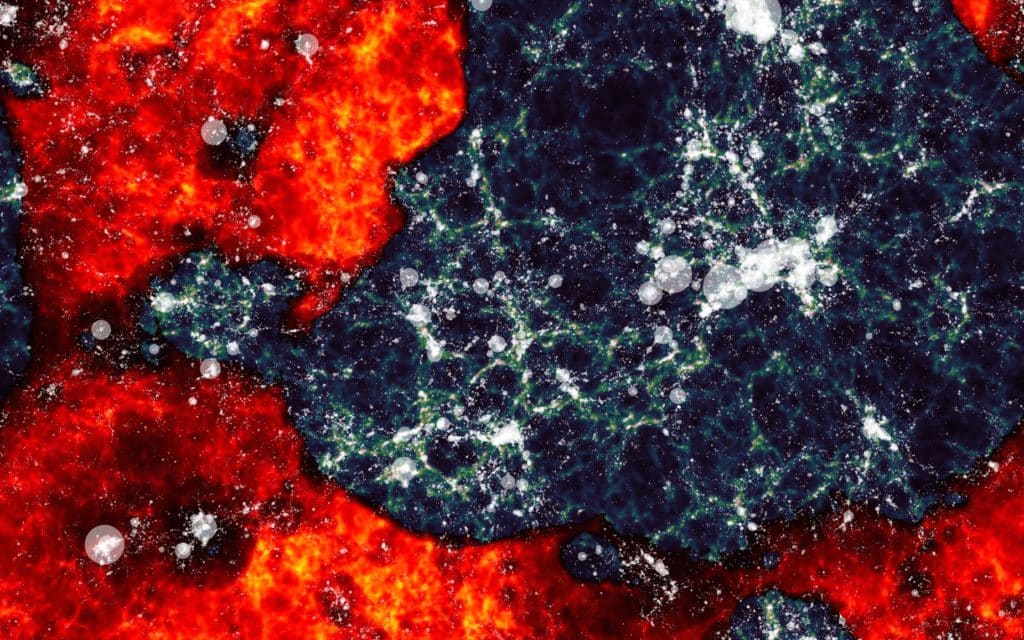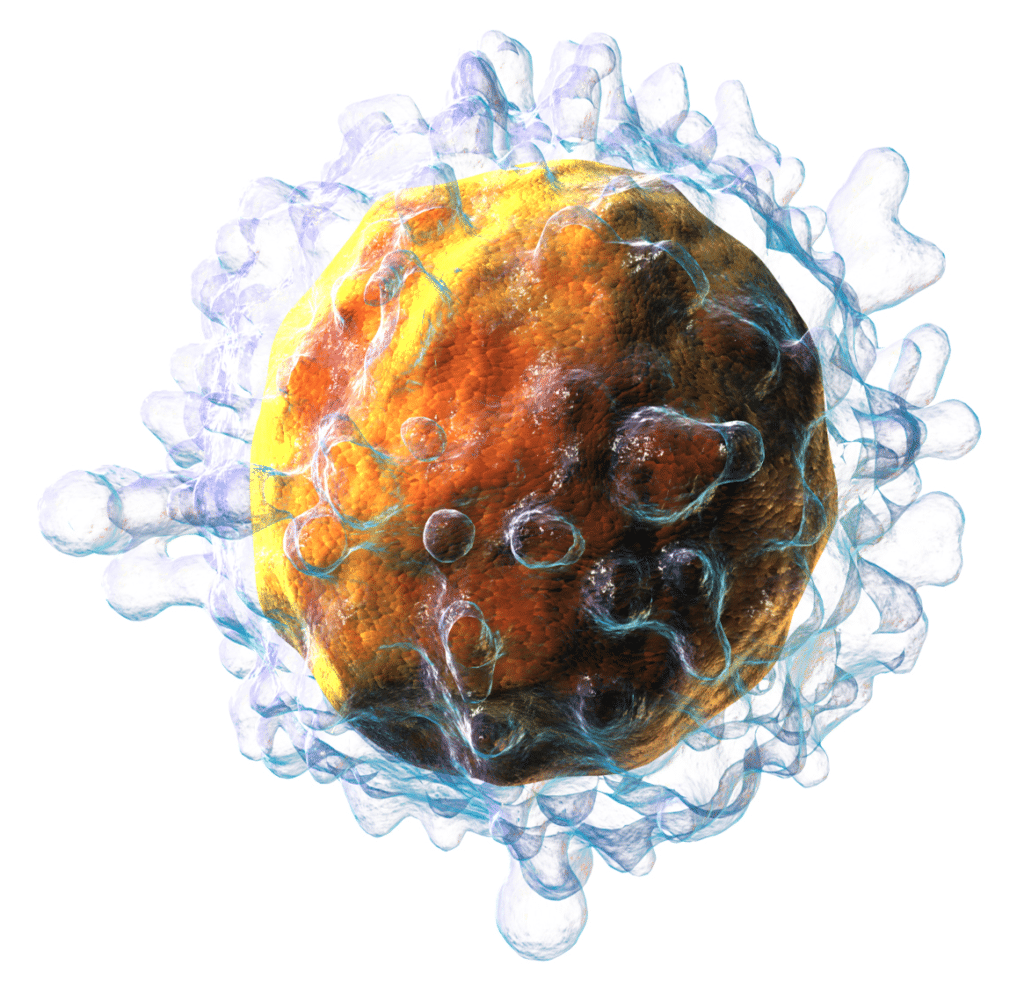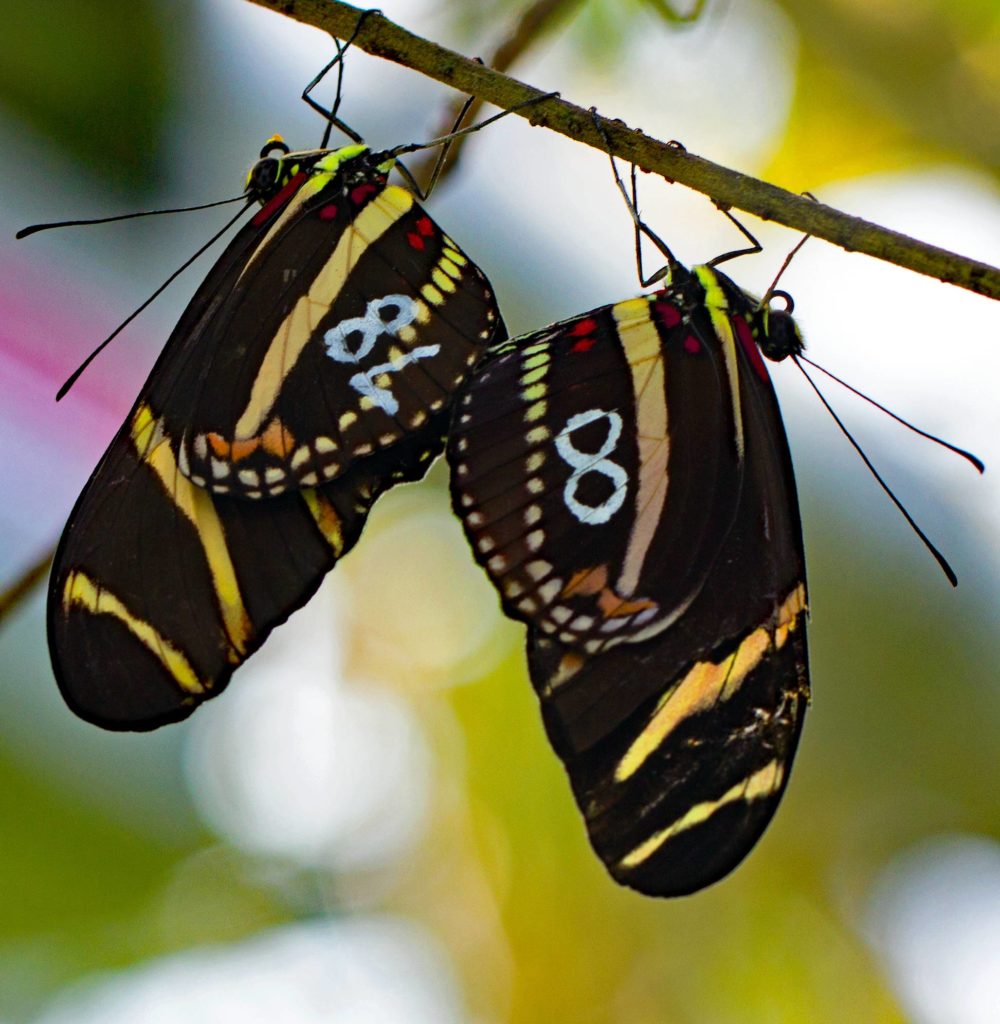Sky survey provides clues to how they change over time.
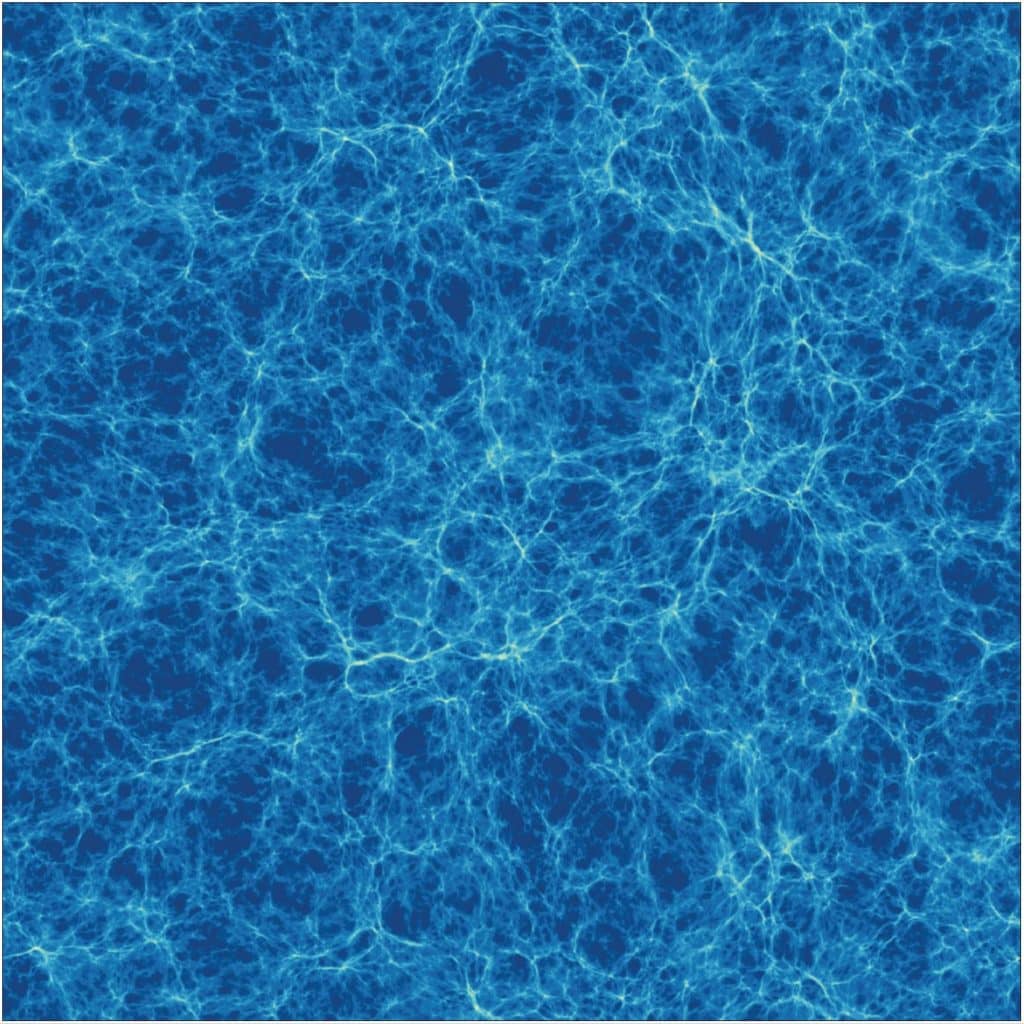
The direction in which a galaxy spins depends on its mass, researchers have found.
A team of astrophysicists analysed 1418 galaxies and found that small ones are likely to spin on a different axis to large ones. The rotation was measured in relation to each galaxy’s closest “cosmic filament” – the largest structures in the universe.
Filaments are massive thread-like formations, comprising huge amounts of matter – including galaxies, gas and, modelling implies, dark matter. They can be 500 million light years long but just 20 million light years wide. At their largest scale, the filaments divide the universe into a vast gravitationally linked lattice interspersed with enormous dark matter voids.
Continue reading Spin doctors: Astrophysicists find when galaxies rotate, size matters



